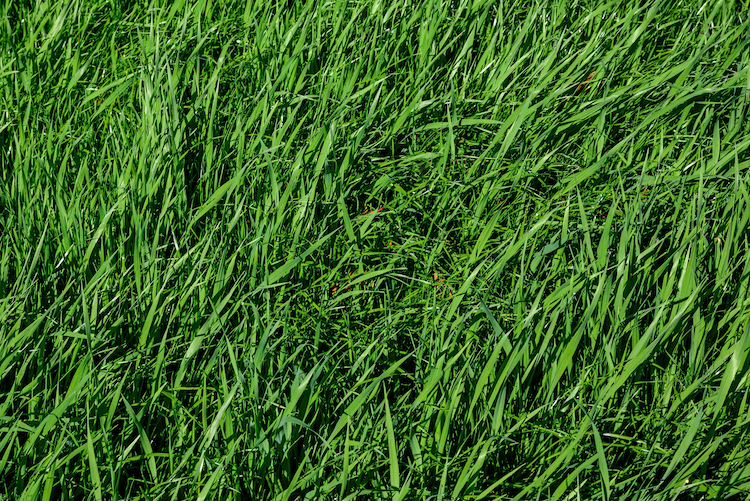
Utilizing cover crops is a sort of agronomic “Choose your own adventure” game with many species that can work, for multiple purposes, and various ways to establish and rotate them. The destination of those adventures is generally similar, though: greater soil carbon, improved soil health, less erosion, and reduced nitrate leaching.
Matt Ruark, an extension professor with the University of Wisconsin-Madison, explained those benefits on a Badger Crop Connect webinar by pointing to meta-analyses of research studies that have supported each point. And with approximately a million acres of corn grown for silage each summer in his state, the upcoming harvest of that crop provides significant room to capitalize on those advantages. “What an opportunity to get a million acres of cover crops,” said Ruark.
Still, dairy farmers might ask what effects cover crops have on yield of the following crop, and specifically, how fall-applied nitrogen in the form of manure is impacted by cover crops. Ruark and his team investigated this question by comparing plots planted with spring barley that winterkilled or annual ryegrass to one that had no cover. They collected above ground biomass of the cover crop and measured soil composition and grain yield the next year.
Fall manure applications are a valuable nutrient management strategy for dairy farmers to provide a postharvest soil boost and empty some stored manure. On bare fields, though, manure can be susceptible to winter leaching and runoff. Ruark explained that they hypothesized cover crops would be taking up nitrogen that would’ve leached out otherwise.
However, that didn’t end up exactly being the case. With the winter rye, the cover crop essentially wiped out the nitrogen credit from the fall manure application and the field required more spring nitrogen, Ruark said. At one location, they also saw a significant yield reduction the next year, though he called that a worst-case scenario. There is generally a bit of a yield drag following cover crops, but Ruark noted that isn’t highly predictive.
For best success with this information, he advised terminating cover crop fields as soon as possible in the spring. He also noted that recommendations for spring nitrogen application will vary based on biomass growth of the cover crop.
“When it comes to cover cropping, nitrogen is the price to be paid for conservation benefits in dairy based cropping systems,” explained Ruark. That doesn’t necessarily mean cover crops should be written off, though. They are still a valuable way to tie up applied manure instead of allowing it to leach out, and if the nutrients were going to be lost to runoff anyway, there is no net loss if the nitrogen is taken up by cover crops instead.
There is not a lot of good data to understand how common manure leaching is with cover crops, Ruark acknowledged. One estimate is half of the time.
He did advise that how much nitrogen is taken up by cover crops can be limited by reducing the biomass that grows. Lowering seeding rate to accomplish this provides a double benefit of also limiting cost. For the most cost-effective solution, Ruark recommended seeding between 30 and 60 pounds per acre, noting they’ve not seen biomass growth improve past 60 pounds per acre.
There are many decisions to make when developing your cover crop journey, and the benefits and costs are a large part of that. Though some nitrogen from fall-applied manure may be lost from the soil in some years, having it tied up in plant biomass provides a good alternative to having it leach away, particularly when that biomass also contributes to improved soil health conditions.








